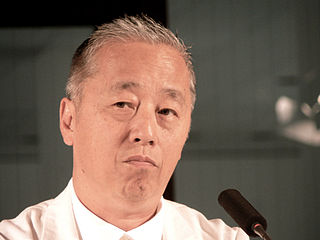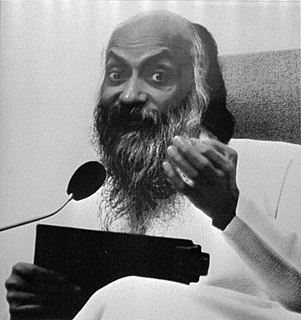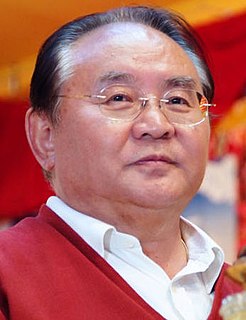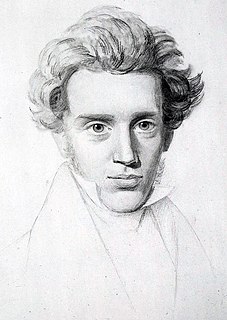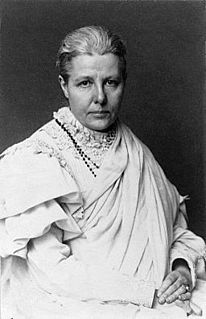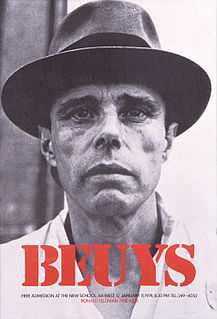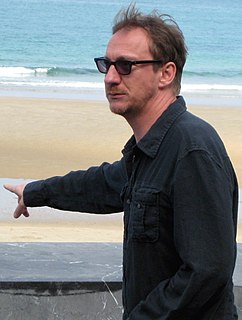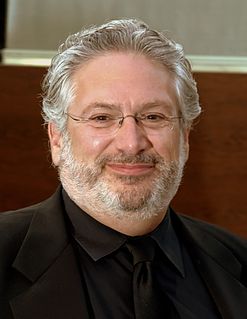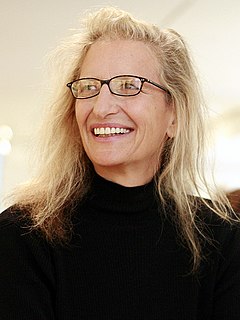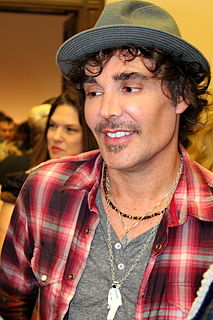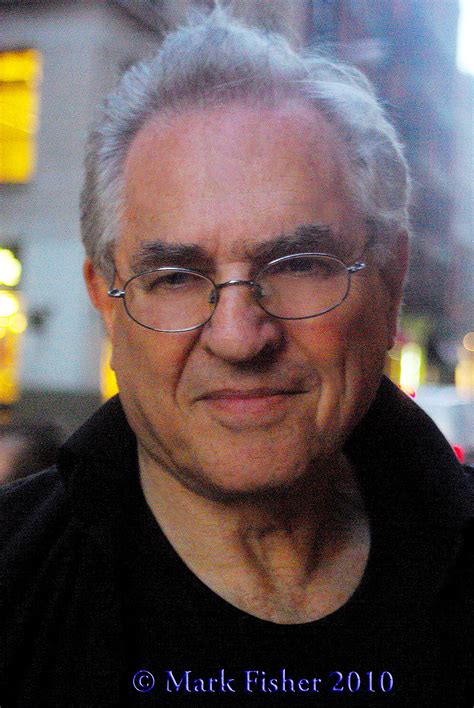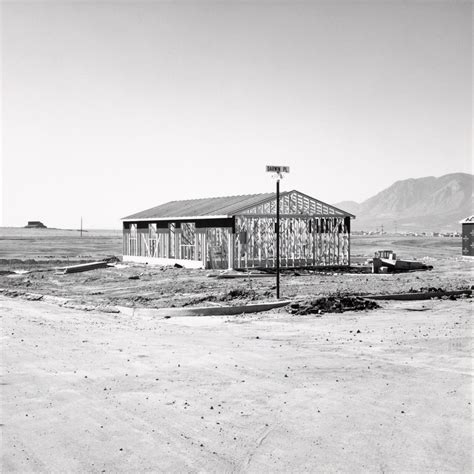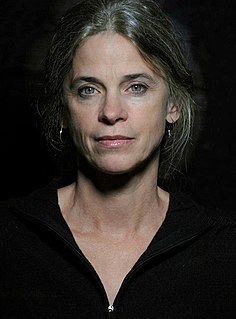A Quote by Hiroshi Sugimoto
[I'm concerned with] aesthetics and this idea of how the passage between life and death goes. I can visually present that by borrowing this Buddhist statue.
Related Quotes
Birth leads to death, death precedes birth. So if you want to see life as it really is, it is rounded on both the sides by death. Death is the beginning and death is again the end, and life is just the illusion in between. You feel alive between two deaths; the passage joining one death to another you call life. Buddha says this is not life. This life is dukkha - misery. This life is death.
You've got a lifetime to mull over the Buddhist understanding of interconnectedness." He spoke every sentence as if he'd written it down, memorized it, and was now reciting it. "But while you were looking out the window, you missed the chance to explore the equally interesting Buddhist belief in being present for every facet of your daily life, of being truly present. Be present in this class. And then, when it's over, be present out there," he said, nodding toward the lake and beyond.' ~Dr. Hyde, pg 50
The difference between a man who faces death for the sake of an idea and an imitator who goes in search of martyrdom is that whilst the former expresses his idea most fully in death it is the strange feeling of bitterness which comes from failure that the latter really enjoys; the former rejoices in his victory, the latter in his suffering.
Misunderstanding may arise by confusing the Buddhist and scientific definitions of death. Within the scientific system you spoke quite validly of the death of the brain and the death of heart. Different parts of the body can die separately. However, in the Buddhist system, the word death is not used in that way. You'd never speak of the death of a particular part of the body, but rather of the death of an entire person. When people say that a certain person died, we don't ask, "Well, which part died?"
There's a wonderful old Italian joke about a poor man who goes to church every day and prays before the statue of a great saint,'Dear saint-please, please, please...give me the grace to win the lottery.' This lament goes on for months. Finally the exasperated statue come to life, looks down at the begging man and says in weary disgust,'My son-please, please, please...buy a ticket.
It's the difference between a parable and a pamphlet. A parable discusses things that are relevant in the past, the future, and the present - regardless of the outcome in the present. A pamphlet, on the other hand, is completely concerned with affecting an outcome in the present, the most immediate present.
To be lovingly present through the primal, naked pain that marks aspects of birth, and to be lovingly present through the difficult, heart-wrenching ending that marks aspects of death is to learn about life and love. Fear may be strong but love is stronger. Learning how to love includes learning how to make room for and transform fear. Learning how to live involves learning how to die. Love alone is the most potent power illuminating the breath's journey in between these thresholds. Love is the key. Love is the dance.
I describe it ( the new aesthetics) 'radically': I say aesthetics = human being. That is a radical formula. I set the idea of aesthetics directly in the context of human existence, and then I have the whole problem in the hand, them I have not a special problem, I have a "holography" (reacting on a former suggestion of the public as a slight joke, fh) I don't know exactly what a holography is.. (1973
